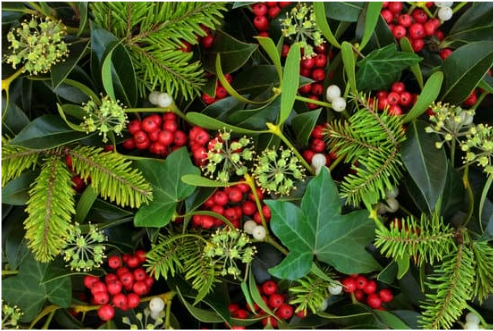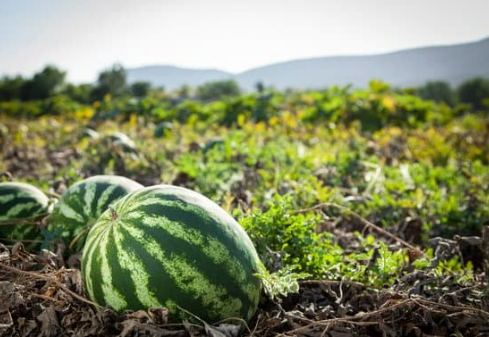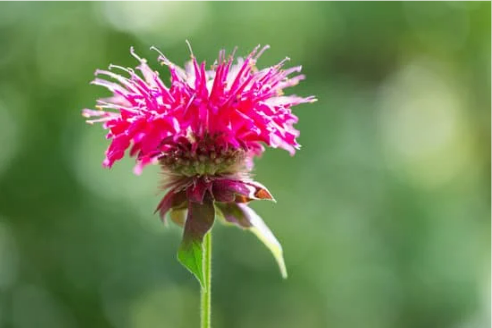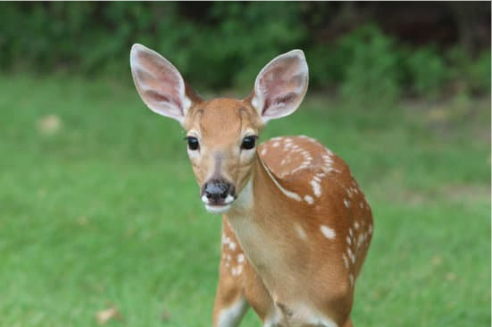First, I try to buy as locally as I can. If that fails, I look for small companies. Nature's MACE fits that bill. They're also veteran-owned (bonus!) The customer service is top-notch (one quick call, and my questions were answered.) Also, the product works great! I got Mole & Vole Repellent and a quick spread over the lawn. I have never had a season without mole holes in my yard. That changed this year. I'll be going back to Nature's MACE more often. Thanks all!
Thank you for your Stellar Review! We are so glad you are happy with our company and product. We strive to always put customers first and provide the best quality products! <3
It’s a good feeling to know I’m not harming any animals ♥️
So far your product is working on keeping the cats out of my yard.
Thank you 😊
Looks like you guys have just about everything I might could use on my yard. I will be ordering again. Thanks
Deer and Rabbit Repellant has been applied to our hosta and various other plants for about two weeks now. So far, no sign of those critters eating our plants. I hope the repellant continues to work for a few more weeks. I did buy the liquid repellant recently and will use that for the refresher treatment. So far, so good.
Product saved my plants for REAL! I unhesitatingly endorse Nature’s Mace.
I used the product and it did move them out of the space I sprayed. I will continue to use it. I like it as it is not toxic
The product was bought for my brother who lives in South Carolina, don’t know if he has used or not. Sorry







